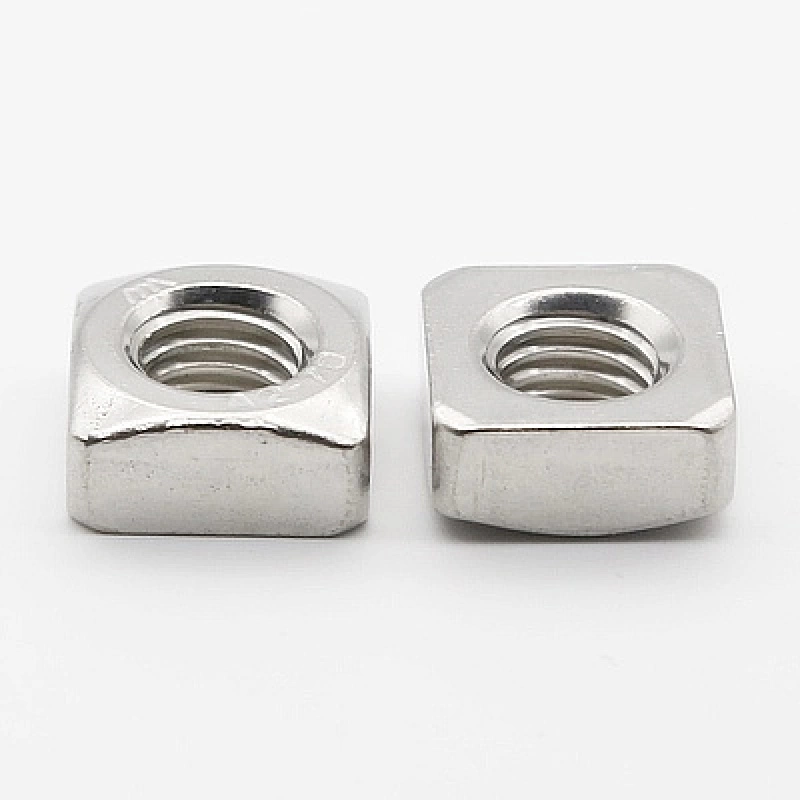

16mm stud bolts
ديسمبر . 07, 2024 05:54 Back to list
16mm stud bolts
Understanding 16mm Stud Bolts An Essential Component in Engineering
When it comes to mechanical engineering and construction, the selection of fasteners plays a crucial role in determining the integrity and performance of a structure or machine. Among the various types of fasteners, stud bolts are one of the most commonly used components, particularly in heavy-duty applications. This article focuses on 16mm stud bolts, delving into their specifications, applications, advantages, and considerations for selection.
What is a Stud Bolt?
A stud bolt is a type of fastener that is characterized by its cylindrical shape and threaded ends. Unlike traditional bolts, which have a head, stud bolts are designed to be installed by screwing them into nuts or tapped holes on both ends. They are typically used in conjunction with nuts to secure two or more components together, often in high-stress environments. The absence of a head allows for more compact installations and enables them to be used in places where a conventional bolt would not fit.
Specifications of 16mm Stud Bolts
The 16mm designation refers to the diameter of the stud bolt, which is 16 millimeters. This size plays a significant role in its strength and application. Stud bolts come in various lengths and grades, often specified by standards such as ASTM (American Society for Testing and Materials) or ISO (International Organization for Standardization).
Common grades for stud bolts include - Grade 4.6 Mild steel with basic properties. - Grade 8.8 Medium carbon steel that has been quenched and tempered; suitable for high strength applications. - Grade 10.9 High-strength alloy steel that provides superior mechanical performance.
These grades are crucial as they indicate the tensile strength and yield strength of the bolts, ensuring that they can withstand the intended loads without failure.
Applications of 16mm Stud Bolts
16mm stud bolts are widely used in various sectors, including
16mm stud bolts

1. Construction They are often employed in steel scaffolding, structural frames, and heavy machinery assembly. 2. Oil and Gas In the petrochemical industry, stud bolts are commonly used in piping, flanges, and pressure vessels due to their ability to withstand high pressures and temperatures. 3. Automotive Many parts of vehicles are secured using stud bolts, particularly in engines and chassis, where reliable fastening is paramount. 4. Marine Engineering The corrosive environments linked to water and salt necessitate the use of high-quality, corrosion-resistant stud bolts.
Advantages of Using 16mm Stud Bolts
The benefits of utilizing 16mm stud bolts in engineering are substantial
- High Strength Due to their robust design and manufacturing processes, stud bolts can endure high tensile loads, making them ideal for demanding applications. - Flexibility Their ability to be used in various configurations (with different nuts) makes them versatile in assembly. - Compact Design The lack of a head allows for easier installation in tight spaces. - Reusability Stud bolts can often be reused multiple times, provided they are not damaged during removal, which can lead to cost savings.
Considerations for Selection
When choosing 16mm stud bolts for a specific application, several factors must be taken into consideration
1. Material Select a material that is appropriate for the environment (e.g., corrosion-resistant materials in marine applications). 2. Grade Ensure the bolt grade aligns with the load requirements of the application. Overstressing a lower-grade bolt can lead to failures. 3. Length Measure the necessary length carefully to ensure proper engagement without excess, which could complicate assemblies. 4. Installation Method Determine how the stud bolts will be installed and whether special tools or techniques are required.
Conclusion
16mm stud bolts are invaluable components in the engineering toolkit, recognized for their strength, versatility, and efficiency in various applications. By understanding their specifications, advantages, and proper selection criteria, engineers and builders can ensure the integrity and longevity of their structures and machinery. Proper use of these fasteners not only enhances performance but also contributes to the overall safety and reliability of mechanical systems.
Latest news
-
Hot Dip Galvanized Bolts-About LongZe|High Strength, Corrosion Resistance
NewsJul.30,2025
-
High-Strength Hot Dip Galvanized Bolts - Hebei Longze | Corrosion Resistance, Customization
NewsJul.30,2025
-
Hot Dip Galvanized Bolts-Hebei Longze|Corrosion Resistance&High Strength
NewsJul.30,2025
-
High-Strength Hot-Dip Galvanized Bolts-Hebei Longze|Corrosion Resistance&High Strength
NewsJul.30,2025
-
Hot Dip Galvanized Bolts-Hebei Longze|Corrosion Resistance&High Strength
NewsJul.30,2025
-
Hot Dip Galvanized Bolts - Hebei Longze | Corrosion Resistance, High Strength
NewsJul.30,2025

